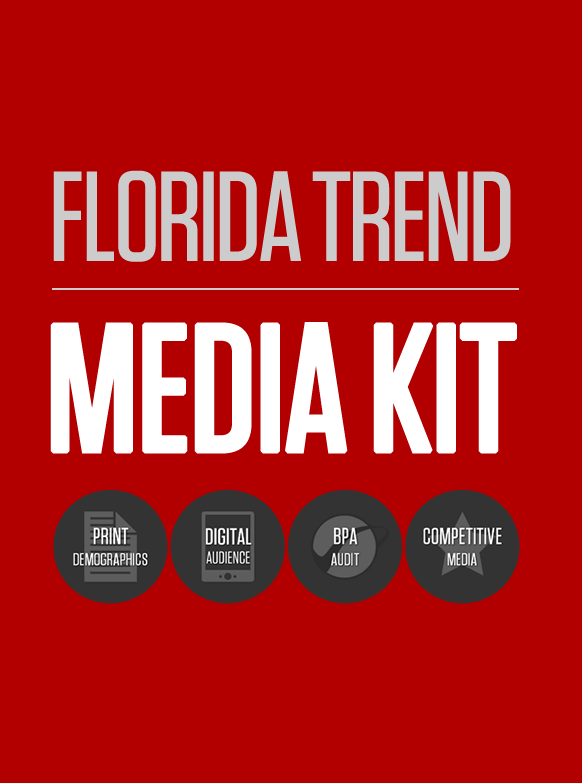SHARE:

Mark R. Howard
Editor's Page
Solar, in context
A few weeks ago, I went to an event at the University of South Florida St. Petersburg at which the school and Duke Energy Florida showed off a new Tesla battery system that stores energy generated by 318 solar panels atop a seven-story parking garage at the school. The panels, some 7,100 square feet of them, were installed in 2015 using a grant from Duke, which also paid for the battery as part of the overall demonstration/research project.
The battery, housed in a giant metal box on a lower floor of the garage, is the first Tesla system of its kind in the state. It uses basically the same lithium-ion chemistry as the batteries in our smartphones and other portable electronics.
At the garage, electrical current generated by the solar panels flows in and out of the battery, which powers the garage’s elevators, lights and two charging stations for electric vehicles. If the panels generate more power than the battery can store, the excess wattage flows into the grid, and Duke gives the school a credit on its utility bill. In the case of a power outage, the battery could keep the lights on and the elevators running for a couple days, if nobody uses the recharging stations. But on an ongoing basis, the garage still needs some help from Duke’s power grid — it’s not self-supporting. If you’re inclined, you can see the whole generation/consumption picture on a dashboard at dashboards.epri.com/duke-usfsp-parking.
The event was a fawning celebration of all things green. A Duke executive touted the utility’s commitment to solar — it has a 74.9-megawatt solar plant in Hamilton County under construction and plans another in Columbia County. The school’s regional chancellor, Martin Tadlock, spoke glowingly of how the solar system exemplified one of USFSP’s “core values” — sustainability. He pointed out that USFSP has another solar array that provides 15% of the power for its new chemistry and biology labs, which were built to LEED Platinum standards. A student leader described some of the school’s other sustainability initiatives, including a green energy fund that gives mini-grants to help pay for things like UV-blocking film on dorm windows, bike share programs and gardens.
All well and good. Hooray for Duke for funding USFSP’s solar demonstration project. And hooray for the school’s commitment to “sustainability.”
But, at least for me, there was something missing amid all the gee-whizzing over the battery. I may have been expecting too much from a PR event, but it would have been much more engaging, more educational for the few students who attended, if the participants had gone beyond celebrating the “greenness” of the battery. The event fed into the mindset that views certain technologies and energy sources — solar, wind and batteries, for example — as inherently and uncomplicatedly virtuous, while others — nuclear, coal — are invariably pictured as earth-ravaging evils.
That portrayal has led to a delusion among some that “all we need to do” is scale up the good sources while each “doing our part” to cut our energy consumption. The real difficulties in accomplishing the former and ignorance about the latter are given short shrift. We don’t need events to make us feel good about solar — we need to know what it costs, how much energy it produces — and its limitations.
Would it have hurt the proceedings at USFSP, for example, to point out that Florida currently gets less than 1% of its electrical power from solar — less than we get from burning municipal garbage and forest-product waste, barely more than we get from hydro, believe it or not. The implications there? That we have a lot of room to grow — but that it’s going to take a long time to get there. And that we’re going to need a mix of energy sources for a long time.
The late British mathematician David Mackay published a book in 2008 — “Sustainable Energy: Without the Hot Air” — in which he presented a simple but rigorous and dispassionate analysis of options on both the supply and demand sides of energy. Mackay, who died in 2016 at age 48 of cancer, started with the premise that using less fossil fuels is a good idea — they’re finite, create issues of security of supply and change the climate — but doesn’t advocate any one solution in pursuing that goal. He uses understandable numbers — kilowatts per person per day — lets the numbers speak for themselves and lets readers decide how to use them. In perhaps the most quoted part of Mackay’s book, he took on myths about nuclear power with a near-apology: “Please don’t get me wrong: I’m not trying to be pro-nuclear. I’m just pro-arithmetic.” The book can be downloaded free at withouthotair.com.
One of Mackay’s contributions was to draw attention to how much land solar and wind require — by my admittedly rough calculations, replacing Florida’s total current summer generation capacity with solar, using 75-megawatt solar facilities at 600 acres apiece, would take a total land area equivalent to the size of Lake Okeechobee.
Mackay’s math is much more precise. While he served for several years as scientific adviser to England’s Department of Energy and Climate Change, the department developed a “2050 Energy Calculator” that lets users manipulate various consumption and production metrics to create scenarios by which the country can reach its stated goal of reducing emissions to 20% of 1990 levels by 2050.
Maybe one of the USFSP students at the battery presentation can use one of the school’s sustainability grants to develop a similar dashboard for Florida.
Read more in our November issue
Select from the following options:
* offer valid for new subscribers only























